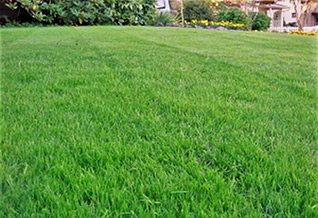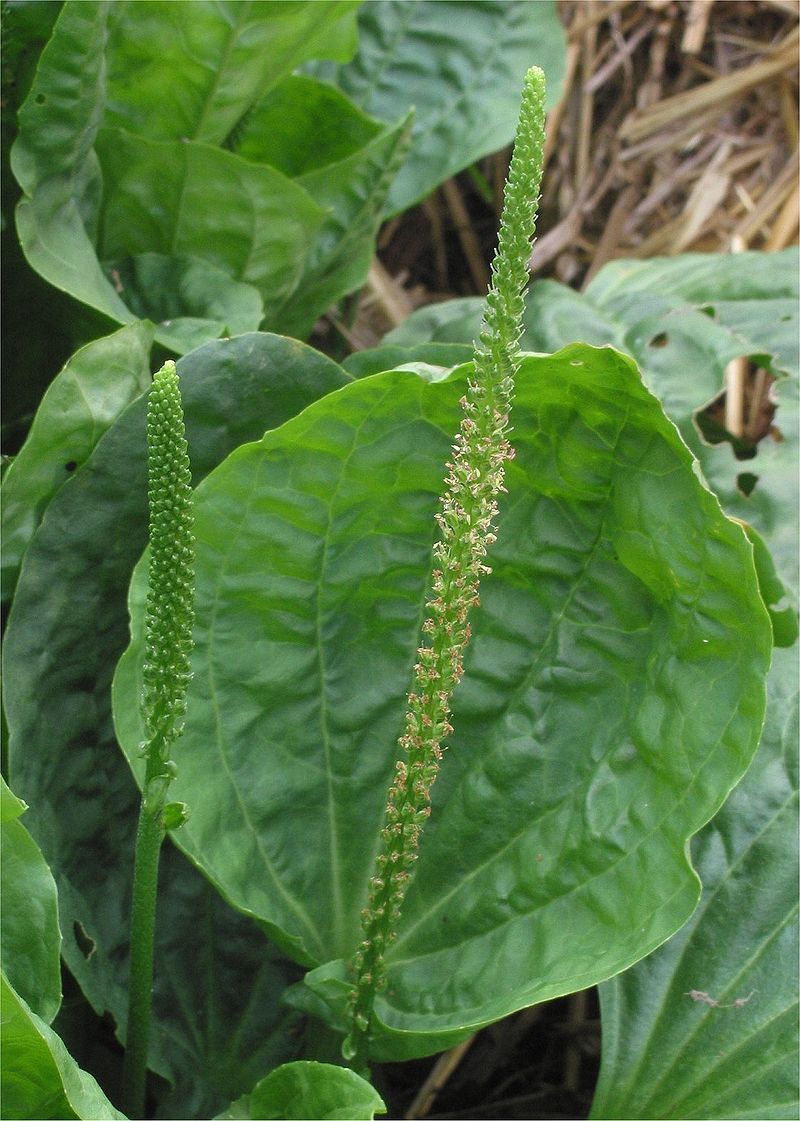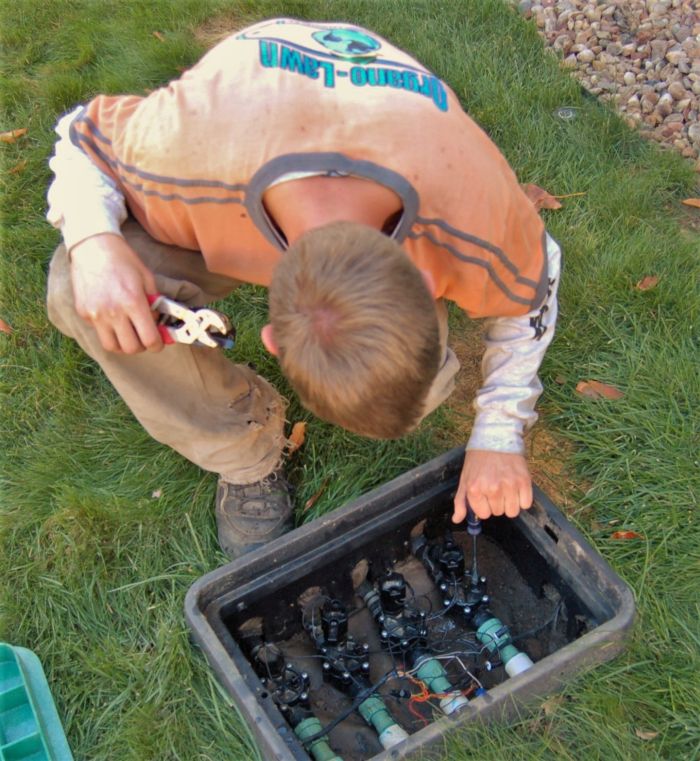So many trees with yellow leaves and it’s not even fall yet. You may have noticed this as you drive around. You will mostly see this premature yellowing of the leaves in maples and oak trees, but it’s also common to see birches and aspens develop these yellowing leaves. So, what’s going on with these trees?
As cities grow, there is a need for more developments. One of the issues that go along with this growth is how it affects the areas we can’t see once it’s all built. Underneath all that concrete, sod, and housing is a nutrient deficient soil. This begins to show after we plant trees that are not native to this area.


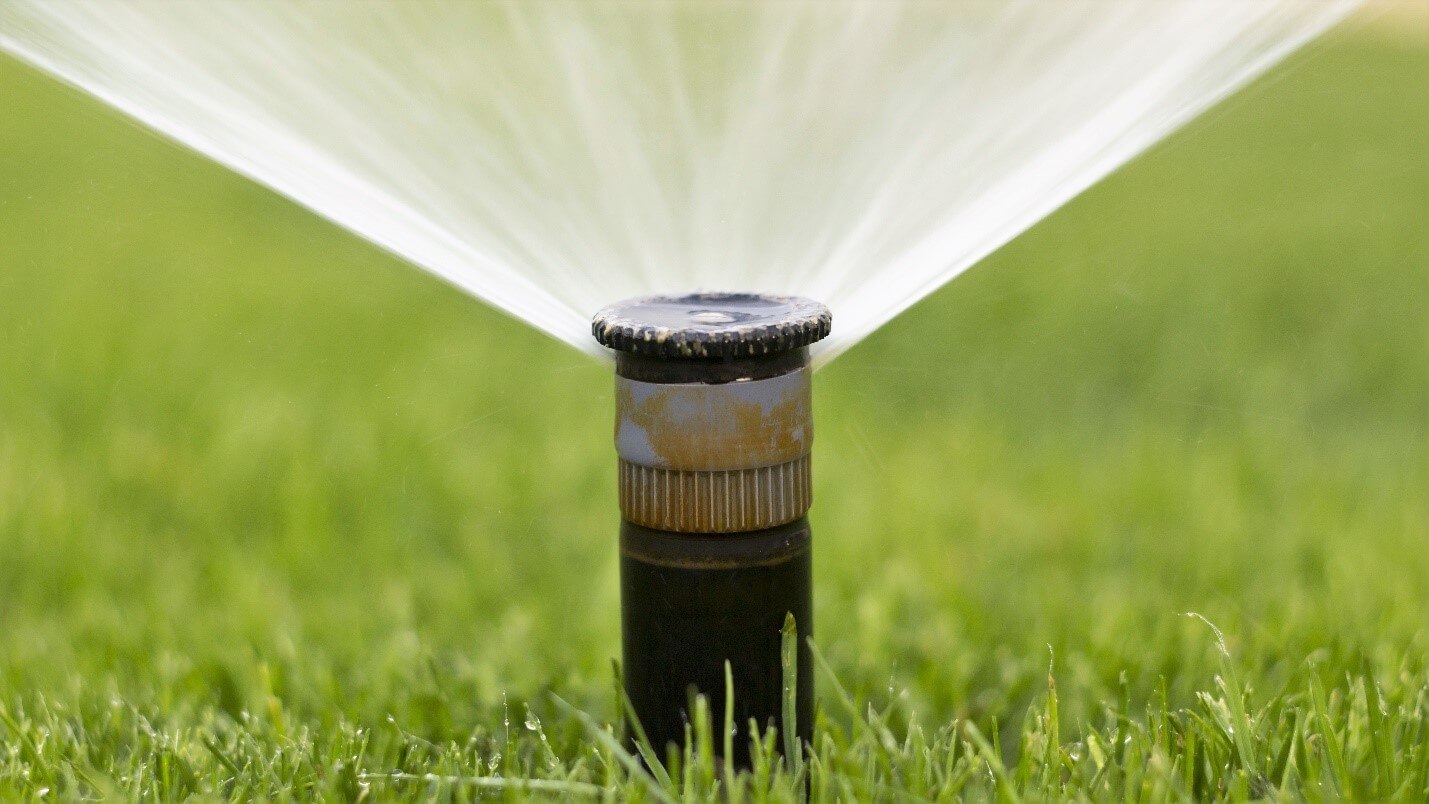
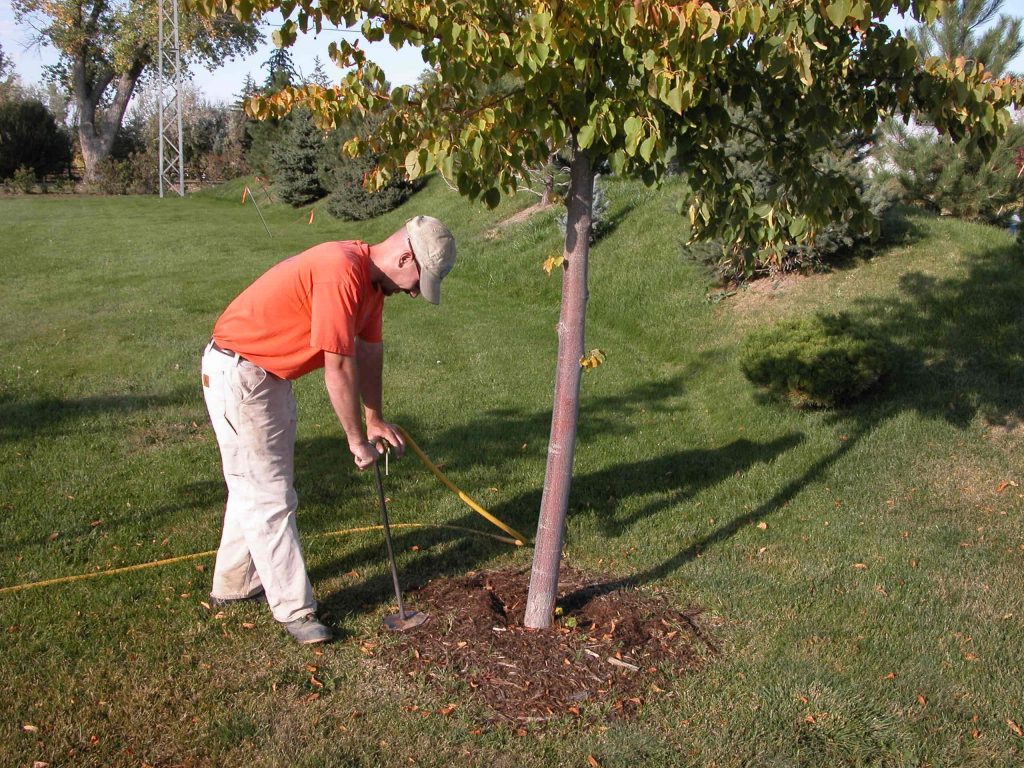 As development of suburban areas continues to increase, so does nutrient deficient soil. This in turn means that we will continue to see struggling lawns, plants, and especially trees. Keep your eyes open for yellowing leaves during the growing season; the problem is more common than you may think!
As development of suburban areas continues to increase, so does nutrient deficient soil. This in turn means that we will continue to see struggling lawns, plants, and especially trees. Keep your eyes open for yellowing leaves during the growing season; the problem is more common than you may think!

Why do they turn yellow?
The premature yellowing is a nutrient deficiency called Iron Chlorosis. This deficiency prevents trees from producing chlorophyll; the element that gives leaves their green color, during photosynthesis. As time goes on, you’ll begin to notice the color of the leaves gradually get lighter year after year. They will begin to have an almost transparent yellow look to them. Finally, their leaves will begin falling off and ultimately the tree will die.
What is the main reason this is happening?
When a new neighborhood development begins construction, they start by bulldozing all the top soil away, exposing the clay underneath. They plant trees in it, put sod on top of it, and sprinkle bushes and flowers throughout it.It’s more stable for building a housing foundation, but is lacking in most nutrients for plant life. Now you have a bunch of plants sucking up whatever nutrients they can get from this clay, nutrient deficient soil. Even if you are in a well-established area you might have a nutrient deficient soil from improper watering. Improper watering will kill the beneficial microbes in the soil, creating a dead soil. Follow the 1-2-3-2-1 lawn watering technique to make sure the lawn and trees are being watered deeply and infrequently.
How do I reverse chlorosis in my trees?
If you notice the yellowing of your tree and the transparent look of its leaves, there are a few things you can do. Introducing more nutrients back into the soil is a great place to start. Spreading organic matter like compost on your soil can help, but it takes years for that to make a difference.Organo-Lawn will perform deep root tree fertilizations, pumping key nutrients and minerals back into the soil for the tree’s root system to take up. In more severe stages of chlorosis, a Tree IV is necessary to pump chelated iron directly into the trunk of the tree. All of these methods can take years to bring back a dying tree, but without intervention, the tree will slowly starve to death. As development of suburban areas continues to increase, so does nutrient deficient soil. This in turn means that we will continue to see struggling lawns, plants, and especially trees. Keep your eyes open for yellowing leaves during the growing season; the problem is more common than you may think!
As development of suburban areas continues to increase, so does nutrient deficient soil. This in turn means that we will continue to see struggling lawns, plants, and especially trees. Keep your eyes open for yellowing leaves during the growing season; the problem is more common than you may think! 
